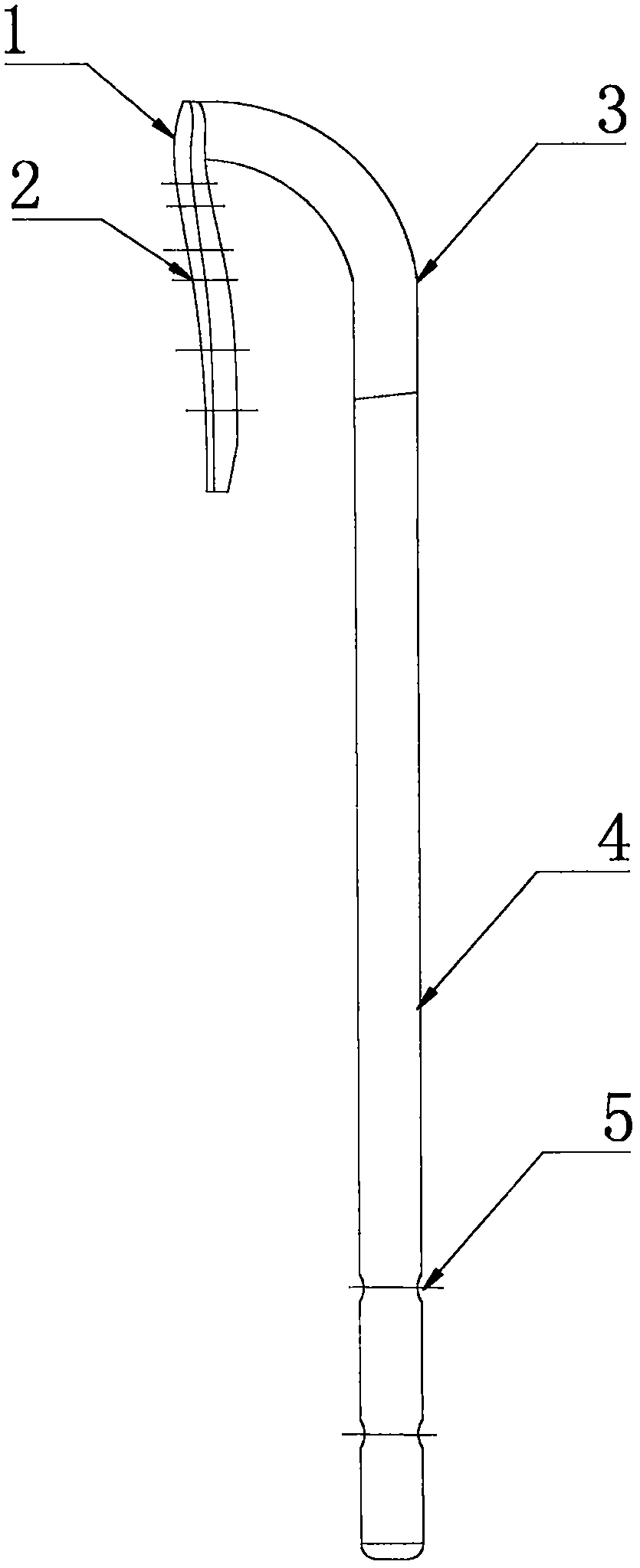Minimally invasive intramedullary plate system
An internal part and body technology, applied in the field of minimally invasive intramedullary plate system, can solve the problems that the intramedullary nail cannot meet the requirements, and achieve the effects of reducing soft tissue stripping and damage to surrounding blood supply, good support, and protecting hematoma
- Summary
- Abstract
- Description
- Claims
- Application Information
AI Technical Summary
Problems solved by technology
Method used
Image
Examples
Embodiment Construction
[0021] Below in conjunction with accompanying drawing, invention is described in further detail:
[0022] The indication of the minimally invasive intramedullary plate system of the present invention is multi-segment fracture of metaphysis and articular surface combined with bone fracture. The main application sites are the articular ends of long bones, including proximal / distal ulna, proximal / distal radius, proximal / distal humerus, proximal / distal femur, proximal / distal tibia and proximal / distal fibula end.
[0023] Figure 1-3 Shown are three embodiments of the present invention, representing three types of the intramedullary plate of the present invention, the intramedullary plate of the present invention includes an integrally formed intramedullary plate body, and the intramedullary plate body is composed of an intramedullary part 4 , an extramedullary part 1 and a transition part 3 connecting the two parts. The inside of the medulla is divided into a long tubular shape,...
PUM
 Login to View More
Login to View More Abstract
Description
Claims
Application Information
 Login to View More
Login to View More - R&D
- Intellectual Property
- Life Sciences
- Materials
- Tech Scout
- Unparalleled Data Quality
- Higher Quality Content
- 60% Fewer Hallucinations
Browse by: Latest US Patents, China's latest patents, Technical Efficacy Thesaurus, Application Domain, Technology Topic, Popular Technical Reports.
© 2025 PatSnap. All rights reserved.Legal|Privacy policy|Modern Slavery Act Transparency Statement|Sitemap|About US| Contact US: help@patsnap.com



